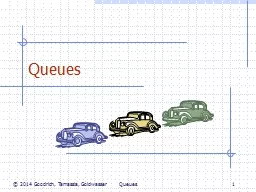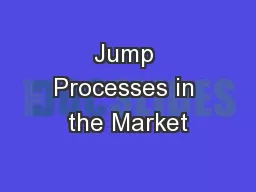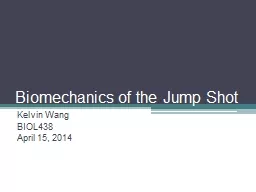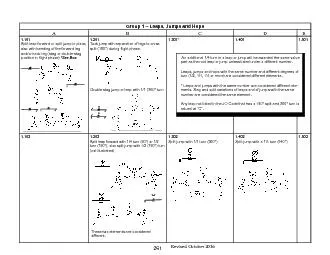PPT-Queues don’t matter when you can JUMP them!
Author : alida-meadow | Published Date : 2017-08-15
Matthew P Grosvenor Malte Schwarzkopf Ionel Gog Robert N M Watson Andrew W Moore Steven Hand Jon Crowcroft University of Cambridge Computer Laboratory
Presentation Embed Code
Download Presentation
Download Presentation The PPT/PDF document "Queues don’t matter when you can JUMP ..." is the property of its rightful owner. Permission is granted to download and print the materials on this website for personal, non-commercial use only, and to display it on your personal computer provided you do not modify the materials and that you retain all copyright notices contained in the materials. By downloading content from our website, you accept the terms of this agreement.
Queues don’t matter when you can JUMP them!: Transcript
Download Rules Of Document
"Queues don’t matter when you can JUMP them!"The content belongs to its owner. You may download and print it for personal use, without modification, and keep all copyright notices. By downloading, you agree to these terms.
Related Documents














